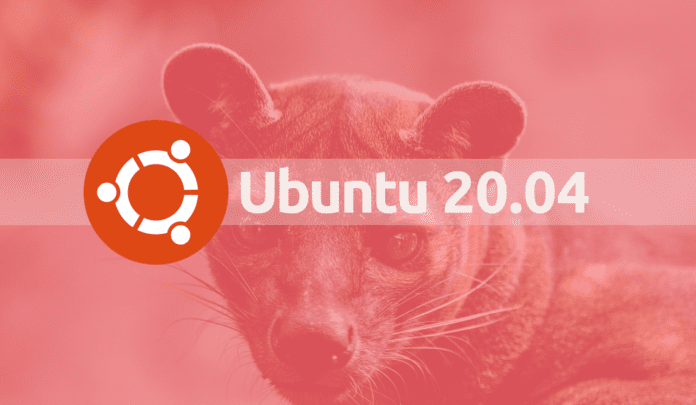
Here’s how to install it in Ubuntu via PPA.Īccording to the release note, the new release added new dedicated context menus for custom string fields and auto-type associations in the entry dialog. I prefer to use browser’s default password manager, so I’ve skipped this step.KeePass Password Safe 2.49 released with user interface improvements and minor new features. In this case you should enable KeePass browser integration (for KeePassXC: Tools -> Settings -> Browser Integration). If you prefer to use KeePass browser addon (extension) for password manager, there’s number of options for both Chrome and Firefox. Each entry can contain title, username, password, URL, notes and additional custom attributes. Specific entries can be easily located using search box. You can group entries in folders to keep things organized. Software is easy to use – first you have to create new database and set its master password. Dropbox app is installed on my computers and smartphone, so database file is synced between devices. MiniKeePass is excellent iOS port, so I use that on my iPhone. KeePassXC is Linux port of KeePass and it works great on Ubuntu. I have Ubuntu 18.04 (Bionic) on my desktop and laptop at the moment (trying to move away from Windows ecosystem). KeePass is Windows software, but there are ports for Linux, MacOS, Android and iOS. So all you actually have to remember is master password of KeePass database and you can obtain all other passwords from that database. Passwords are stored in encrypted file and they can be accessed only by master password. KeePass is open source password manager – software which manages such database. You can put that file in Dropbox (or Google Drive, Microsoft OneDrive, etc…) folder and keep passwords synced on all your devices.


There is a secure and free alternative – just store your passwords in encrypted file on your devices. Data is of course encrypted and stored in a secure way, but there was a number of recorded vulnerabilities and security breaches of these services. They are very useful and convenient, but downside is that your sensitive info is stored in the cloud (on third party servers). There are lots of password managers out there like LastPass, 1Password etc.


 0 kommentar(er)
0 kommentar(er)
